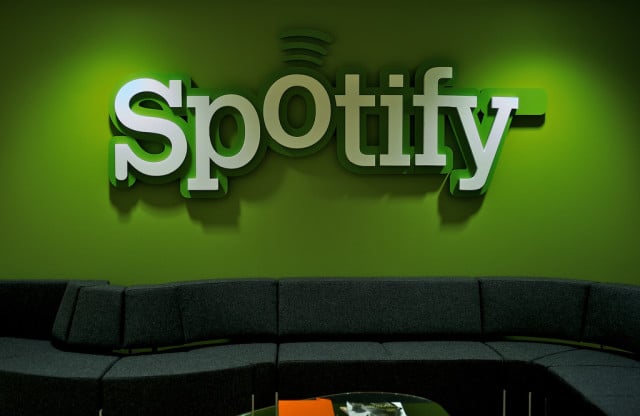
Spotify has over 250,000 paying subscribers, SVP Paul Brown confirmed on stage at Midem, as streaming services fall over themselves to downplay free in favour of premium.
Pre-conference chatter had it that U.S. labels, in particular, are done with licensing any new sites that still insist on the former. This is believed to be the reason Spotify, the popular European streamer that does both free and subscription, has not yet launched State-side.
Indeed, sitting next to Spotify’s Brown on stage in Cannes, Warner Music Group (NYSE: WMG) digital biz dev SVP Stephen Bryan suggested advertising returns from free are not enough to satisfy labels…
“We believe that the ad-supported services are most important in terms of aggregating an audience that can then be converted in to a premium service,” Bryan said. “We want to do more as a music company to make the paid services as attractive as they possibly can be relative to free options.
“The concern on the ad-supported side is obviously to make it engaging enough to have an opportunity to up-sell. We believe we should be doing more to ensure we’re not undermining the paid service by creating a service so compelling that they don’t see enough value in taking consumers to the paid service.”
Bryan’s remarks seemed parenthetically pointed at Spotify, though there are many online services still online which launched with ad funding prior to the advertising downturn. British We7, with 2.5 million users, will launch a subscription service on February 1, Mog.com launched one in December, Last.fm last year turned its radio service pay-for everywhere bar the UK, U.S. and Germany.
So how can the likes of Spotify come to market across the pond? “We’re focused on taking service like Spotify and We7 in to discussions with ISPs and mobile carriers that have existing billing relationships with customers,” Bryan said. But this is no great demotion for Spotify – fortunately for it, this is precisely its own ambition outside the U.S., too. Unlike on the desktop, all Spotify’s mobile apps require a subscription; it’s already pre-bundled with mobile offerings from Swedish telco Telia and Three in the UK, and talks openly about wanting carriage on games consoles and TVs.
In one sense, Spotify’s free service is its own nemesis, at least in the minds of American onlookers who haven’t yet had the pleasure – it’s actually a mixed-model company, it protests…
“The real aim for us is to grow a real strong subscription service as well,” Brown acknowledged, perhaps keen to meet the label’s concern. “That’s becoming more of what Spotify is about.”
But he’s not relegating the ad-funded element entirely either. Built by a 40-strong ad sales staff, it claims “double-digit” European ad sales growth: “We’re not on a 50 milion userbase on wild abandon, we’re not an ad-supported service with no revenue. There’s real revenue there.
“We’re seeing 40-odd brands a month come on board – there’s millions in ad revenue coming through the door. It’s (about) that conversion in driving people across to the subscription.”
On a userbase of seven million, 250,000 paying customers gives Spotify a premium proportion of under four percent. Universal Music Group’s international digital SVP last week said Spotify needs to convert 10 to 12 percent to make enough money to pay the record labels: